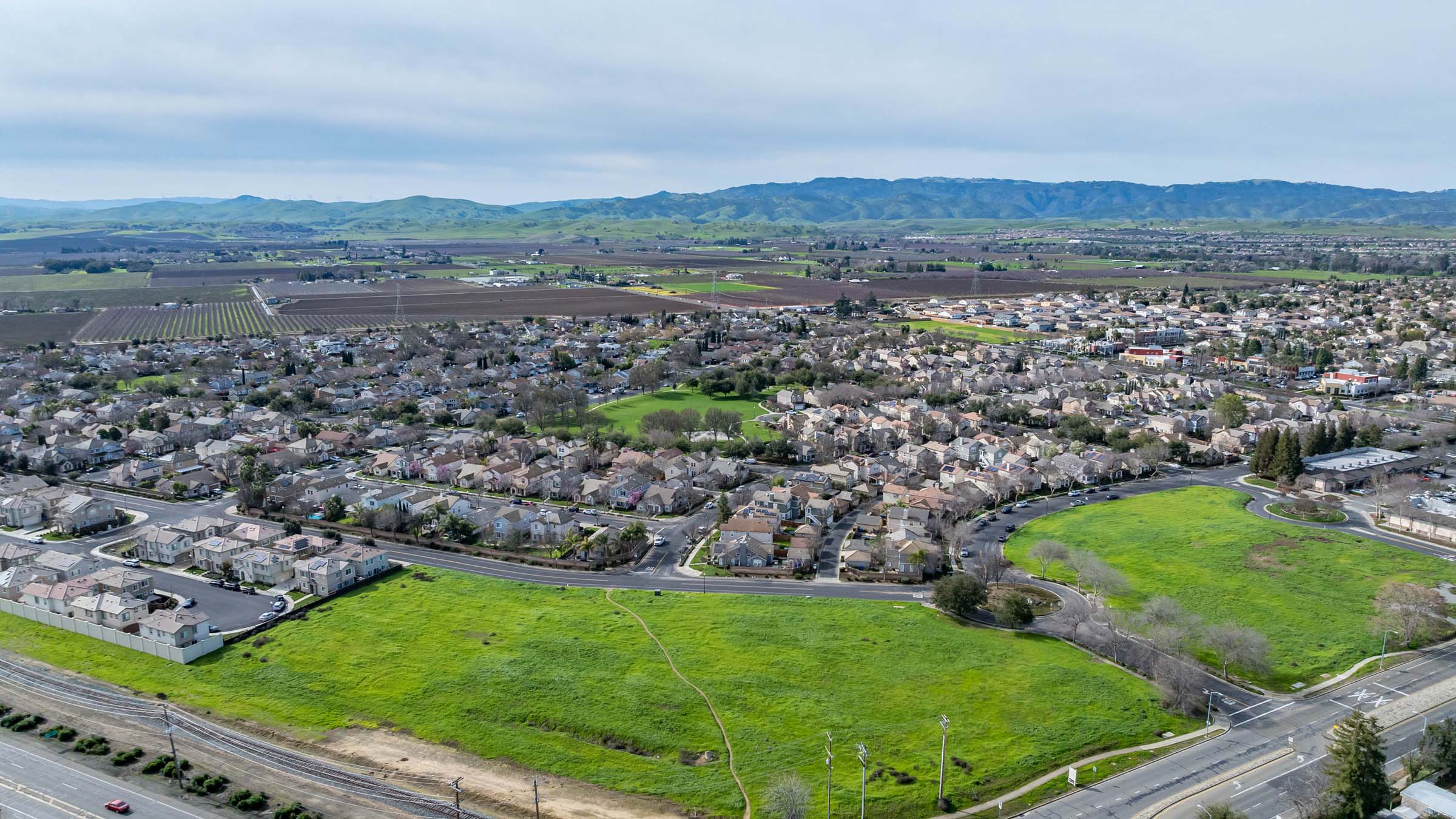The following post is the fourth in a series of four report-outs of findings from the 2017 Ninth District Insight survey. To access the other posts in the series and learn more about the survey, visit the Ninth District Insight page.
National and Ninth District homeownership rates are still near historic lows, including homeownership among low-to-moderate income (LMI) households. Respondents to the Ninth District Insight survey,1 noted changing perceptions of home financing among younger LMI households as one potential explanation for this trend. Survey participants also attributed lower homeownership rates to lifestyle changes, increased financial constraints for first-time home buyers, and higher home prices. Lower homeownership rates persist even as some respondents reported that rental prices continue to climb.
Survey results suggest that LMI households may be changing their perceptions about homeownership. A Twin Cities banker noted that “homeownership is no longer viewed as a safe investment by many LMI households, as housing values in LMI areas were hit particularly hard in the recession.”
Other respondents echoed these opinions in describing millennial borrowers. A respondent from a South Dakota credit union felt that millennials have been more cautious regarding homeownership than members of other generations. A community development official from Montana suggested that “debt aversion, job uncertainty, and having to move to find better wages and jobs” were reasons that younger people were renting rather than purchasing their homes.
Nationally, many researchers and practitioners have argued that the lack of a down payment is the primary obstacle to entering homeownership. Of Ninth District Insight respondents who replied to an open-ended question about homeownership aspirations, 1 in 10 identified student loan debt as a barrier to saving for a down payment. A few others stated that student loan payments might also have a large enough impact on debt-to-income ratios to keep potential homeowners on the sidelines.2
Meanwhile, responses from banks and credit unions cited regulations, including Dodd-Frank reforms, as a barrier to home lending in lower-income communities.
A few Ninth District Insight survey participants reported that increased home prices were driving higher down payment requirements. For example, a Montana banker said that “the cost of housing has escalated beyond the ability of LMI households to purchase their first home. This has caused more first-time home buyers to purchase outside the city.” Others suggested that rapid price appreciation and continued competition from outside investors was pricing younger potential homeowners out of homeownership. However, only about a quarter of Ninth District Insight survey respondents reported a decline in homeownership affordability in their area over the previous year.
Renting has become more commonplace as homeownership rates remain low. But renters are also facing price pressures, as nearly half of respondents noted rental affordability as a rising concern. This was reported primarily in Minnesota but also in pockets of South Dakota and Montana. A respondent in a Native American community noted that potential homeowners were entering the market due to high prices in the rental market: “Due to high [local] rent rates, people would rather purchase a home because the mortgage payment would be cheaper.”
1The Ninth District Insight survey provides a snapshot of economic conditions for LMI communities in the Ninth Federal Reserve District. The survey is conducted by the Minneapolis Fed’s Community Development Department and is sent to organizations that work in LMI communities, including banks, community development financial institutions, credit unions, economic development organizations, foundations, local government agencies, nonprofits, university extension programs, trade associations, and cultural organizations that serve LMI populations. Topics cover economic activity, housing conditions, business and economic development conditions, and financial well-being of LMI households. For the 2017 survey, 144 community development organizations responded in May and June.
2Fannie Mae announced major rule changes earlier this year aimed at addressing these concerns. Most notably, borrowers on income-based student loan repayment plans will now be assessed based on their monthly debt payment. Previously, they were assessed based on assumed monthly payments of 1 percent of their student loan balance. The shift may improve the perceived creditworthiness of some members of the most recent generation of borrowers.





